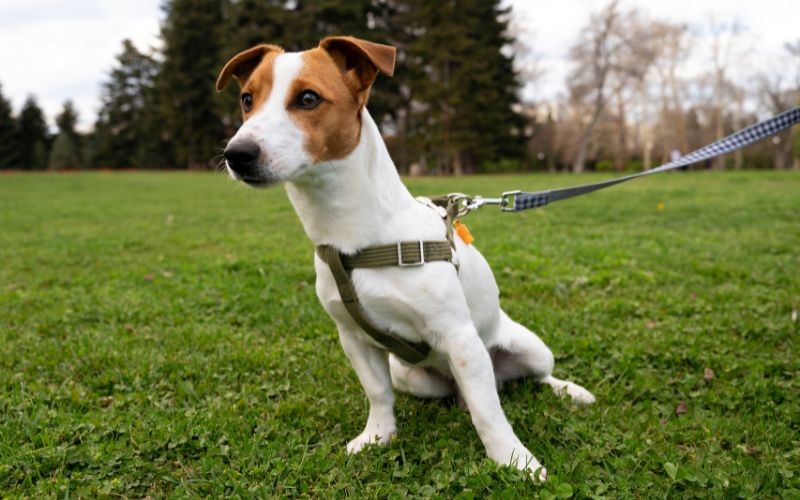
Leash Training Your Puppy: Tips and Techniques
Physical activity is as important for dogs as it is for humans. Taking your puppy for a walk is not only a great way to meet their daily exercise needs but also a wonderful opportunity to bond with your furry friend.When starting leash training with your puppy, it's vital to select the right tools and use them correctly. These tools serve as the means of communication between you and your puppy and using them improperly can lead to misunderstandings that may hinder your relationship.
Introducing the Leash
Getting your puppy used to wearing a leash or harness is a behavior you, as a pet parent, should teach.
Leash training may take time and patience, but the following tips can make the process smoother:
- Start Indoors: Begin without a leash. Have your puppy follow you around the house. Reward it for following your lead, and never scold him to avoid fear or unwanted behaviors.
- Slowly introduce the leash: Once your puppy is comfortable following you, gradually introduce the leash while continuing practice in the domestic environment. Initially, your pet may show discomfort with the collar, leash, and harness, but patience and playtime will help him adjust.
When taking your puppy outside, it's essential to remember that most local laws require dogs to be on a leash in urban areas and parks. A leash length of no more than 1.5 meters (5 feet) is the usual mandatory requirement. Additionally, keep in mind that one that's too short may lead to pulling, while an excessively long leash can compromise communication and safety.
The ideal leash is an extendable one with a double carabiner, allowing for maximum extension when the situation allows it, giving your puppy more freedom. Ensure the material is suitable for your pet's size to avoid discomfort or abrasions on your hands if they pull.
Additional Tips:
- Avoid wrapping the leash around your arm or hand, as excessive tension can put your puppy on alert and create discomfort. Moreover, you may get hurt if the dog suddenly starts pulling, especially in the beginning.
- Hold the leash with both hands, one on the handle and the other along its length for easy adjustment.
- Avoid attaching the plastic bag holder to the leash, as it can weigh down the leash or create noises that may annoy or frighten the puppy.
Collars and Harnesses
Among the available tools you will we need for outside activity with your pet are collars and harnesses.
Collars can be used as identification tags and integrated with harnesses for quick recognition
However, it’s suggested not to connect the leash to the collar, as it can lead to discomfort and potential health issues.
If you however decide to choose a collar over a Harness, keep in mind that choke or prong collars should be always avoided, as they can cause pain and harm your pet severely.
Harnesses provide more freedom of movement and allow your puppy to communicate better with other dogs. They create no strain on the neck and are available in different types (H-type, Norwegian and X-shape among others). Choose the right one based on your puppy's size, age, and activity.
Adjusting the nutrition plan
By following these simple guidelines, you'll be well on your way to successful leash training for your puppy, ensuring a safe and enjoyable walking experience for both of you.
Remember that increased physical activity may require an adjustment in your pet’s caloric intake.
Be sure to get in touch with a Farmina Genius Consultant to tailor his nutrition plan according to his needs.
Discover Farmina Pet Care Services

